Sara Shahriari is a freelance journalist living in La Paz, Bolivia, and working in the Andean region. She reports on a broad range of topics with an emphasis on social justice, the environment, and politics. Her print work has appeared in The Guardian, Al Jazeera America, The Christian Science Monitor, and Indian Country Today, and her radio work on Deutsche Welle.
BRITTANY: Tell me a little bit about how you got to where you are now.
SARA: Well, it was a circuitous path. I studied writing in college and was always really interested in it, but wasn’t sure how that would play out into a career. I considered going to law school. I considered going back to school for a bunch of different things, and I eventually decided that journalism would be the best way to sort of merge together the things I loved. I always knew that I wanted to work abroad and I decided on Latin America because I had already studied some Spanish, and I felt that I could learn enough Spanish in a not really extended period of time to be able to work well there. I went abroad after college and spent a year teaching English at a university in Ecuador, which is also in the Andes. The Andes start in Columbia and run down through Ecuador, Peru, into Bolivia, and a little bit into Chile. So I loved the mountains and the culture and it’s such a dynamic area in terms of how a lot of forces are interacting, like governments, corporate entities, indigenous identities. It is, to me, an incredibly interesting area.
When I finished teaching in Ecuador, I applied to go to grad school for journalism. I went to the Missouri School of Journalism and got a master’s degree. While I was there, I produced a Spanish language radio show. I studied magazine journalism. I just studied radio a bit, and then I got a grant from the school to go to Bolivia to work on a project for a while.
I came to Bolivia with that support and started working, and it was at a time when a lot of international journalists were actually moving on from Bolivia, so there was just fortuitously an opening for me to pick up some work here. I ended up staying and getting more work, and staying and getting still more work, and just sort of having a chance to really learn while writing, learn through working and writing all the time.
BRITTANY: I’m also interested in journalism and I know I’ve heard mixed things about going to grad school for journalism or even majoring in journalism given the state of the industry today. What are your thoughts on that? Do you think that going to grad school was necessary?
SARA: It was good for me because I hadn’t focused on journalism as an undergraduate. If I had focused on journalism in any way as an undergrad, however, I don’t think a master’s degree in journalism would have been the right move. But for me, it was good to be able to do it. As an undergrad, if you’re already focusing on journalism, I don’t think you need a graduate degree too unless your aim is to acquire very specific new skills, like perfect video reporting, that will place you better in the job market.
BRITTANY: What was your major in undergrad?
SARA: Creative writing and English literature. So I was very writing-oriented but more in the essayist line of things. I was not very good at planning for the future, but at the time it seemed likely that I would end up going to law school. So an undergraduate English degree seemed like a good precursor to that if that’s what I decided to do. Then after working with a law firm for a couple of years as a paralegal, I just decided that law wasn’t right for me. So I reoriented my career direction.
I think you can go to grad school or you can just get a job at a paper and do it. I was fortunate in that I didn’t have to go into much debt for grad school because I TA’d while I was there, and ran this Spanish-language radio program, so actually most of my tuition was waived. I personally would never have gone into a lot of debt to get a master’s degree in journalism because I knew I wasn’t going to make that money back. It’s not like you go to a medical school and you get a zillion dollars into debt and then it’s pretty established that you get a high salary afterwards. In journalism, most of us are not going to make a very high salary. So I thought going into a lot of debt was not a great idea.
BRITTANY: When did you know that you wanted to report on the specific issues you focus on, like the social justice, environmental and political side of things?
SARA: I think that’s just what personally speaks to me and interests me as a reporter. I don’t really like being in a scrum of reporters jockeying to get near the political figure who’s going to comment on the issue of the day. I like to be talking a lot of times with people who have never spoken with the press before, or have very limited contact with the press. I like finding voices that are hard to find and hearing the voices of people who are not often approached to share their experience. That, to me, is important and compelling and gives journalism that intensely human connection that I think is one of the best things about it.
BRITTANY: What do you think is the most rewarding piece that you’ve written?
SARA: A couple of years ago, I did a series of stories on the pollution of Lake Titicaca—that’s on the border between Peru and Bolivia—and those stories together formed what I think is a pretty diverse journalistic look at the issues affecting that area, which is really important environmentally and also home to so many people. So in that situation, I liked that I was able to spend a long time looking at that issue and examining it from different angles.
Also—and maybe there’s not one story on this topic that I think is the best thing that I ever did, but in terms of understanding the topic: the issue of child labor in Bolivia and how children have in some cases organized to defend their right to work as children. Getting to know the issues driving child labor was particularly rewarding because child labor is one of those topics that if you grow up in the States, you’ll hear it like, “That is bad, that is bad. It must be stopped. That factory must be closed. That person must be prevented from working.” And it’s not great, that’s for sure, but if you get to know young people who are working and see the reality of their daily lives, you understand why that work is necessary for their survival, and how diverse the reality of child laborers really is. So my knowledge on that topic and the time that I’ve spent reporting it is probably one of the things I’m most proud of because I think I may have helped people understand the issues behind what’s really a very controversial topic.
BRITTANY: Describe your typical day at work.
SARA: I have a home office. So my typical day is to get up maybe around 7:30, take my dog out, come back and get ready for work. Working from home or working freelance is always a challenge because nobody keeps you on a schedule. So you can sleep until noon if you want—although doing that would not be very good for your work overall. So I try to get up, get dressed, have breakfast and go to the office—even though the office is still in my house. In the morning, I skim all of the headlines from the big national newspapers in Bolivia to keep up-to-date on what’s happening across the country.
I might make phone calls to setup interviews. It sort of depends because freelance writing and writing in general is pretty cyclical, like sometimes you’re in an interview phase, sometimes you’re in a research phase, sometimes you’re in a writing phase, and each of those means different things. In the research phase, I’ll just go to a coffee shop with 300 pages of PDF documents and read and highlight and take notes.
If I’m in the reporting phase, I’m going to be calling people, setting up interviews, maybe traveling to other cities out in the field, getting to know people, talking, listening, recording, and just trying to get all the information that I need. And then of course I take all that information to my office and I just lock myself in the office and try to listen to all my interviews, transcribe sometimes and put together the text. So the day varies depending on which of those phases I’m in.
BRITTANY:With freelancing, do you have connections to certain papers like The Guardian or something, where you have to do a number of pieces for them, like two a month or something like that, or do you just pitch your own ideas?
SARA: I pitch my own ideas usually. It’s extremely fluid and that’s the interesting thing about freelance. It all depends on you to generate and then execute the idea, which can be an exhausting cycle to always be stuck in. But at the same time, it’s amazing because 99% of the time you’re doing what you want to do, not what somebody’s told you to do.
BRITTANY: What’s your tactic? Do you have any strategies for finding new stories and creating new ideas and coming up with new content?
SARA: I think the best thing that you could do if you’re a foreign correspondent is talk with people. I mean, I have a really interesting group of friends and contacts in Bolivia that work on a variety of issues. So we just talk. Talk about my work and listen to other people talk about their work, bounce ideas off people who aren’t necessarily journalists. I mean, it’s all about having your ear to the ground in that way, and staying on top of the national press. Those are the people who are out there following stories every single day. Of course they have to write a different kind of story than you have to write.
You’ve got to stay on top of what’s happening not just in the city that you are in but across the country. So you might be able to identify some national trends. So I think, yeah, just listening and reading are good ways to get your story ideas together.
BRITTANY: My mom is a freelance writer too and she talks about the challenges of working at home and the sleep-until-noon thing, how you can actually do that. I don’t know if I could be disciplined enough to do that.
SARA: It really requires . . . it’s like the best of jobs, the worst of jobs. It offers you such freedom but occasionally it’s like, “If only somebody would just tell me what to do!”
BRITTANY: Right, exactly. So I guess that may be one of the difficulties, but other than that, what do you think are the difficulties for being a freelance writer as opposed to working for a single company?
SARA: I think that when you freelance you often don’t have benefits like health insurance, like paid vacation. I mean, that’s certainly a challenge and I think that those are issues that drive a lot of people out of the freelance business because it’s so unstable in that way. Some people are married people or people who have a partner and they use their health insurance and that person has a more stable income and it’s good for the other person to be more flexible. But if you’re relying on yourself, a lack of paid vacation, lack of benefits, lack of retirement contribution funds… These are all things you might not think about when you’re 18 or 19, but then in your 30’s you’re definitely like, “What am I doing?”
So I think it takes a lot to stick with it once you realize those difficulties, and then of course things as boring as taxes. Taxes for freelancers can be hard to deal with, especially if you’re working abroad. The law is not very simple. It’s hard to find a simple tax program that’s going to help you do things the right way. So there’s a lot of nitty-gritty to it—the unglamorous, unexciting side of it. I mean, it’s wonderful to do the work that you want to do every single day but there’s a whole side of it that is a bit of a drag.
BRITTANY: So on the flip side, what would you say are the benefits?
SARA: The benefits are doing the work that you really want to do and doing it on your own schedule. It’s really amazing to think that every day you’re going to wake up and think of what’s most interesting to you, or something that’s exciting, or a compelling person that you want to talk with and then make all that happen and get to know that issue and really engage with it on an intense level. And of course there’re all different sorts of freelancing. I mean, people freelance on every possible issue, but I am talking about my life as a freelance foreign correspondent. It gives you a lot of freedom. I think freedom is probably the thing that a lot of us appreciate about the job.
BRITTANY: Tell me a little bit about the prep. Do you come up with an idea and then you have a certain newspaper or magazine in mind of like who you’re going to pitch it to, and if they don’t like the idea, do you go to another magazine? Tell me a little bit about how the pitching process works.
SARA: Well, pitching is really crucial to any freelancer. I’d say before I start talking about this that if anybody is considering freelancing internationally, I highly recommend sort of doing an internship or building contacts with editors at the places you want to publish before you start traveling.
In my case, I started working while I was still finishing my master’s degree and I did not really have contacts with editors back in the States at the places I wanted to publish and so it took me a lot of time to really get off the ground and establish those contacts; whereas if I had worked on establishing them before I came down to start working, I might have been in a better situation to start publishing sooner.
I feel that your relationships with your editors are so important because you’re trying to create something together, and as a freelancer your job can be really solo and isolating. I mean, you work on your own. You’re not in a newsroom. You see your peers or other journalists at events and social functions, but you’re not working with people every day. So that editor is your way to the larger world, and there has to be a lot of trust between you because you may be writing about a place that the editor doesn’t really know, or that they don’t have a really deep knowledge of, and that editor is going to be preparing your work for publication in an international outlet. So there’s got to be a really strong working relationship there.
When I first started pitching to people, a lot of times I would meet somebody who knew an editor at a publication and they’d gotten familiar with my work and they would put us in touch, because cold pitching a publication with no contact can be difficult. Editors receive so many pitches that they might not really have time to look specifically at yours. So networking and contact building are absolutely crucial, and I had never thought of myself as much of a networker when I started this job.
But when you like your job, networking is natural because you want to talk with people who are interested in and doing similar things. So you start to build up these contacts with people who are in the same field. And then once you get an editor to accept your pitch, you do the story, you send it over to them. I find that the first three or four times you work with an editor, you’re still really feeling out the situation, but if you get through that phase, then you can really start to build this relationship of trust where you put ideas back and forth and they’re responsive to you.
In my case, there were editors that I had worked with multiple times and when I think of a story or an issue, first I start to think, “Okay, this is happening. This is an interesting topic. This could be something that would work well for a story. And then I’ll think, well, how would I present it to make it interesting to outlet A, or how might it work for outlet B,” and normally I’ll just think of the editors that I know and think, “Okay, this story, the way that I want to do it, will probably work best for A.”
And they say yes or no. I think they say yes more than no because you get to understand what people are going to be interested in. Then once they say yes, I do the story, I send it, we go through the edit and then it’s published.
People ask me a lot of times, “Do you just write a story and then send it to an editor and ask them if they want it?” No, I don’t write my stories and then send them to an editor because writing a story the way that I do it is a really big investment of time. I can’t survive by investing my time in things that I then subsequently can’t sell.
BRITTANY: Right. Okay, so I guess I alluded to this before with the usefulness of the journalism degree but what about journalism as an industry, print journalism, specifically? I took a journalism class at Dickinson and my teacher would tell us all the time how print journalism is a dying industry. So what would your advice be to college students who are interested in pursuing a career in what a lot of people think is a dying industry?
SARA: I would say, think about how much you really love journalism. If you really love it, you’re going to get into it anyway. I mean, I always used to think it was so strange when people would talk about being in love with a job. But now I understand it. I mean, I love it. Will I be able to do it for my whole life? I don’t know. Would I like to? Yes, but I really just feel that this is the job that clicks for me and I know there are lots of other people out there who feel that way.
So whether or not the industry is dying, people are still going to go into journalism because they are going to feel a connection to it. But you need to really think realistically about the situation. I mean, your teacher was not kidding We have gone in recent years through massive layoffs at newspapers. Other organizations may not be growing or hiring as they once were. It’s a really difficult job market. At the same time, lots of people who went to graduate school with me are happily working as newspaper photographers and newspaper writers or magazine editors – while others went down different job paths. I mean, jobs do exist. You just have to accept that it’s an industry that is not flourishing at the moment.
But I don’t think that newspapers are going to end. I think maybe it’s not a death as much as a moment of profound change that is very traumatic to the industry. But the industry will continue onward. I think that people who are coming out of college, who really understand the consumption of news online and what it means to consume news through technology are a big part of defining how we’re going to consume news in the future.
BRITTANY: Right. Well, that’s the end of my questions. Do you think that there’s anything else that’s extremely interesting about you that you would want published?
SARA: I would just comment that if people are interested in international reporting and freelance, it’s not for everyone but I think it’s a great opportunity and really a privilege to get to know another country and another culture. I think it profoundly changes the way that you perceive the whole world when you’re just constantly immersed in a place that sees the world differently from the way that you once saw it. As a reporter, you become so involved with it that you start to see these details and intricacies and nuances that you would probably not see as a traveler or even as somebody working short-term in another country.
Of course you need to be realistic about whether you can financially survive in a place, in some cases people need to seriously consider their personal safety, and then whether living abroad long-term fits in with your greater life plans. If people are able to do it, I think that it can be a wonderful experience.
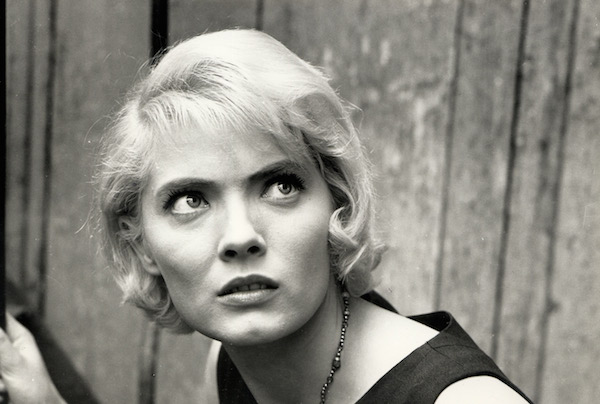
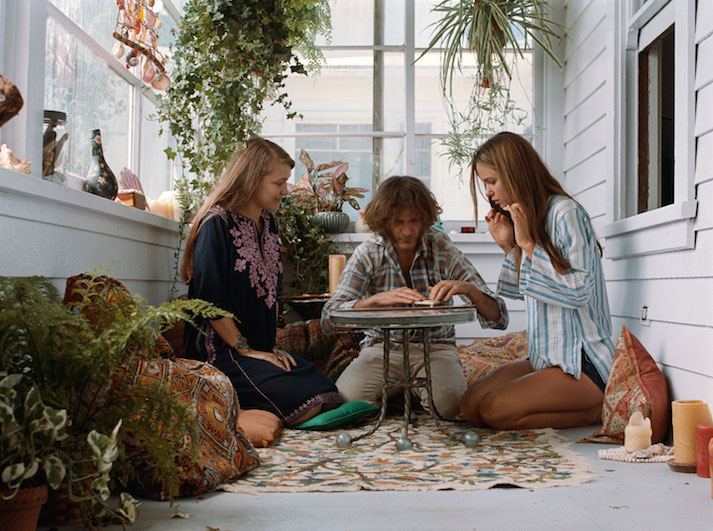

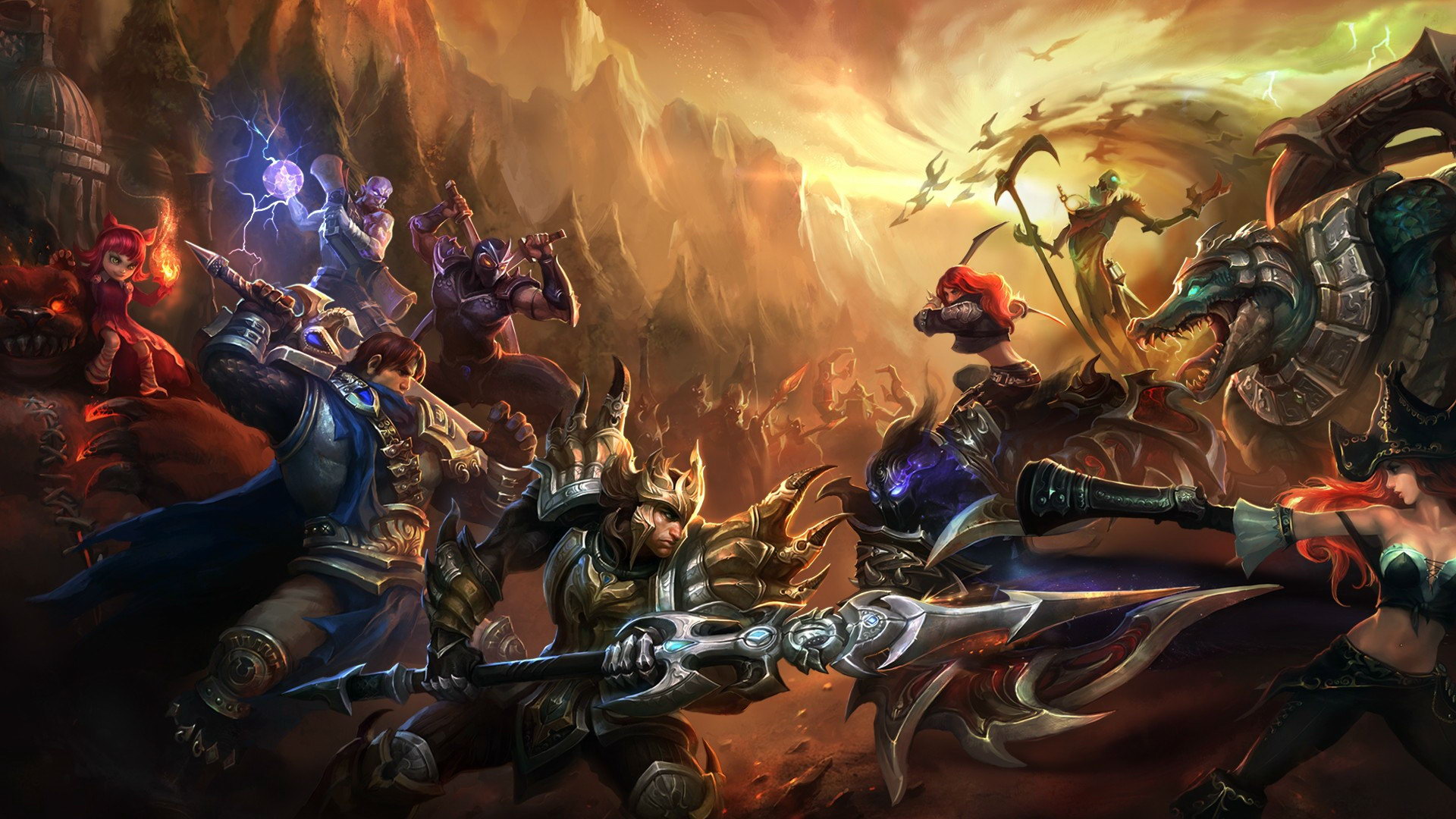
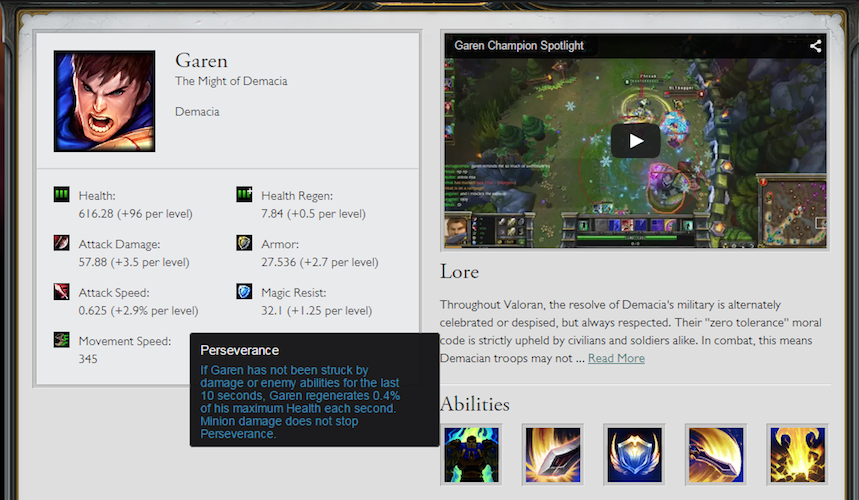

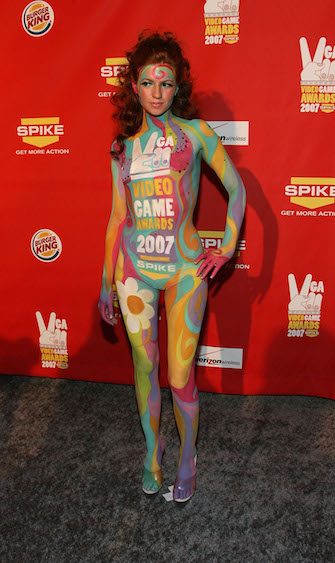


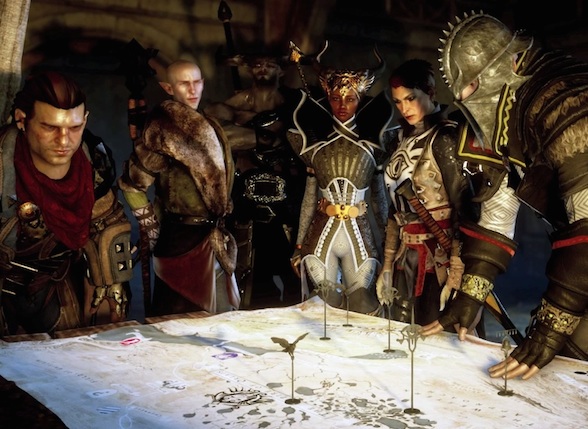
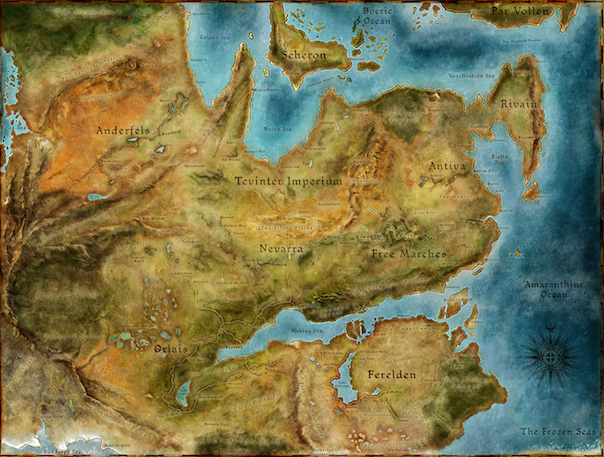
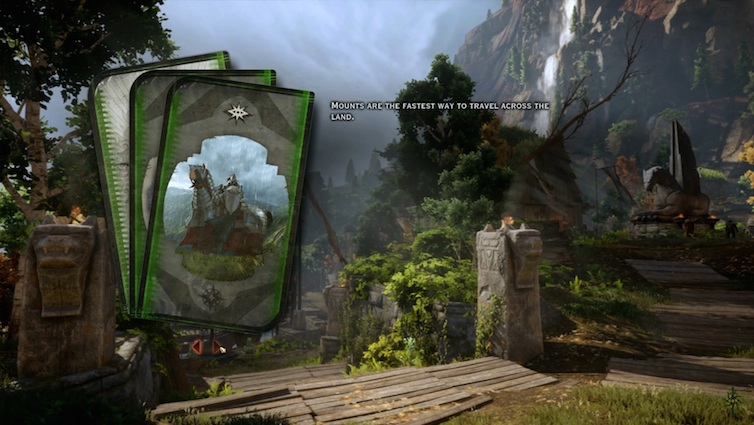
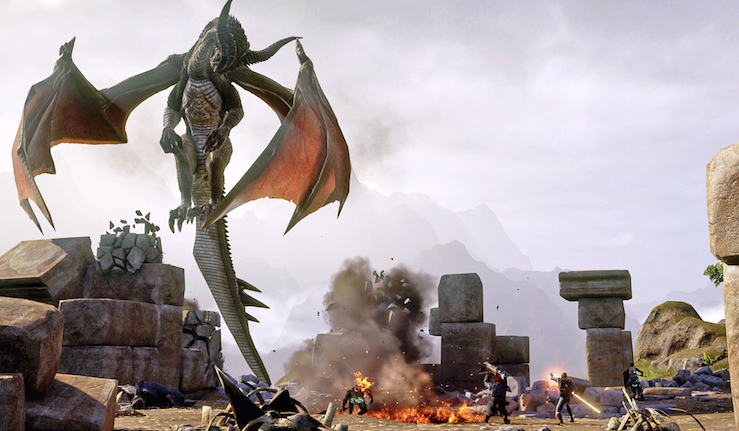

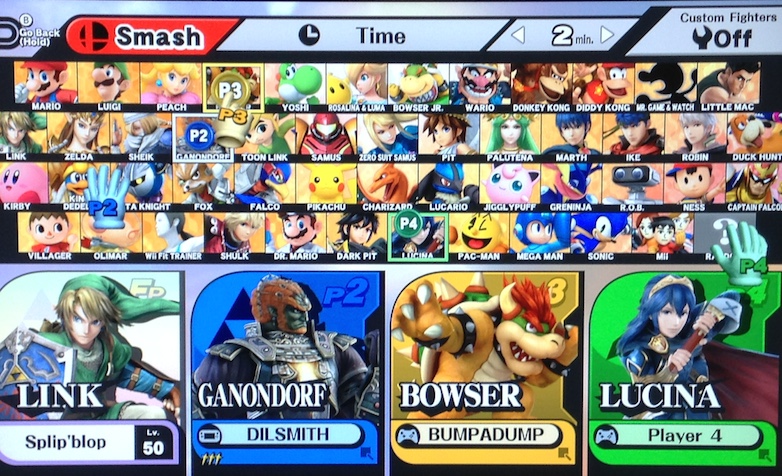
Recent Comments